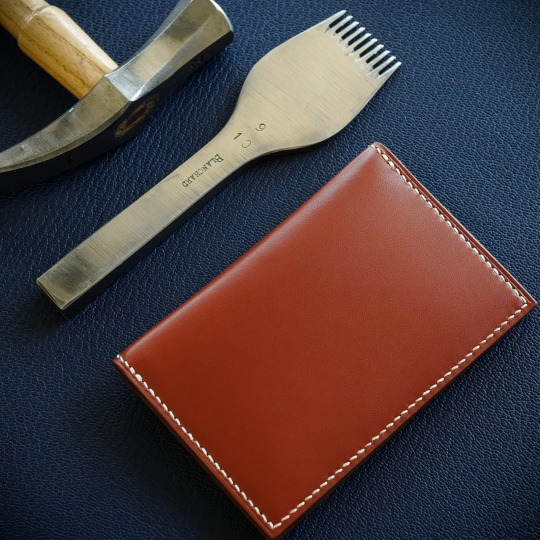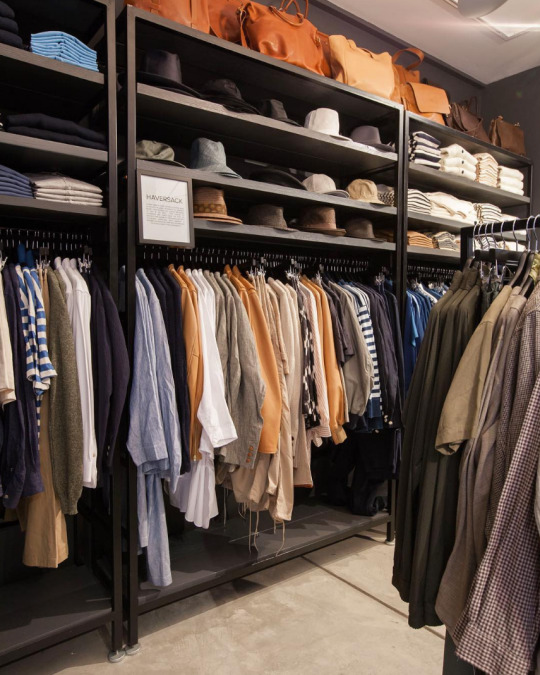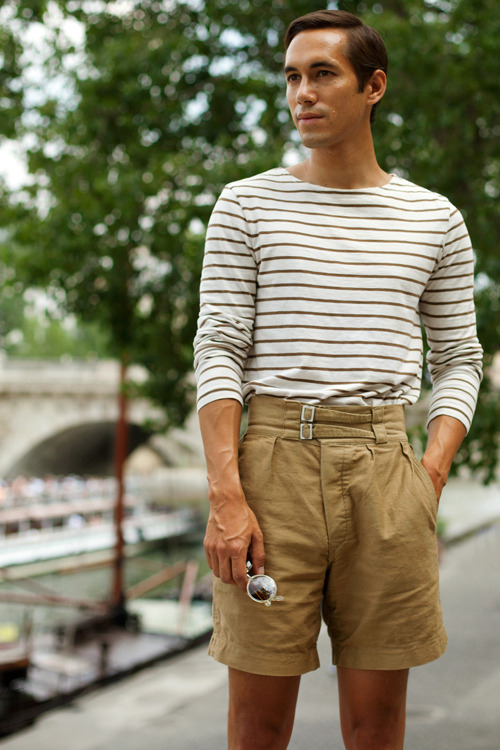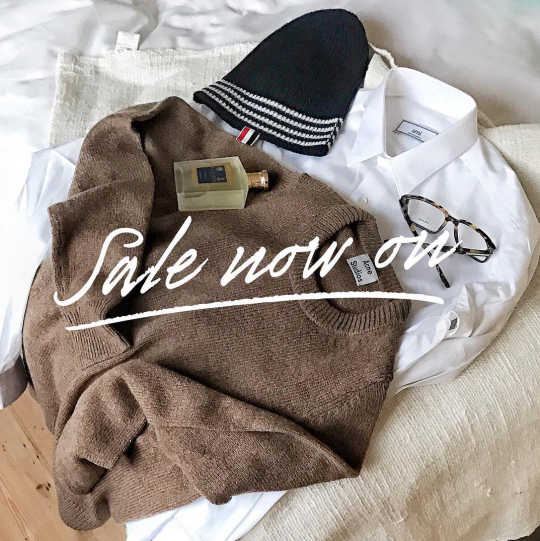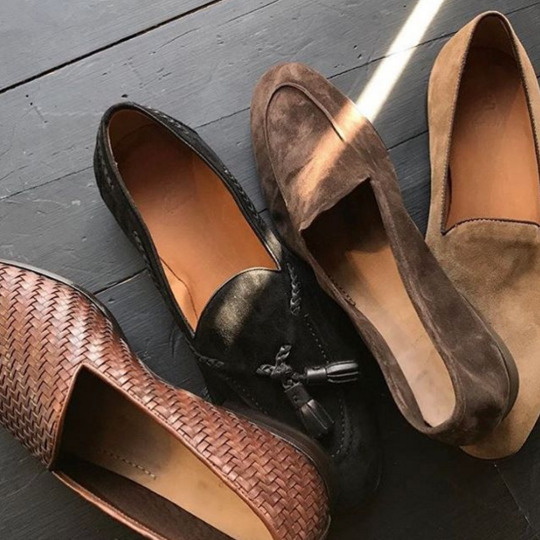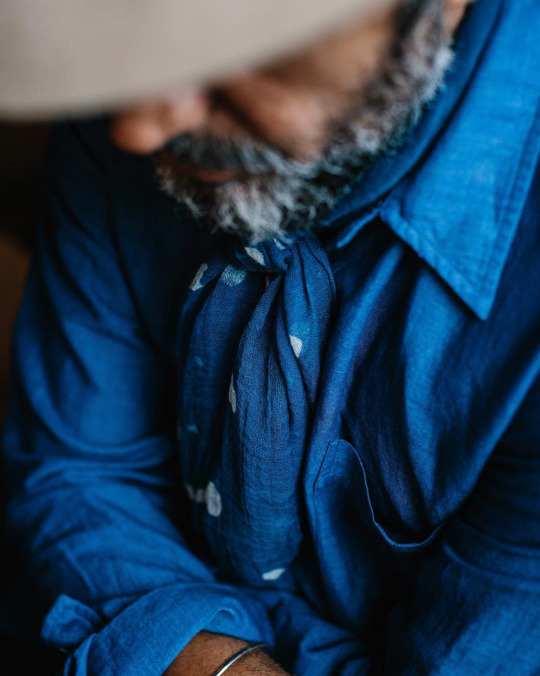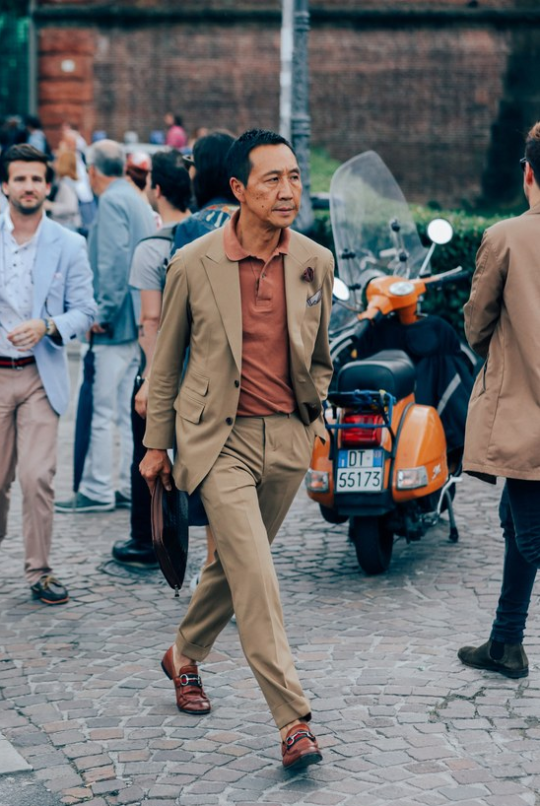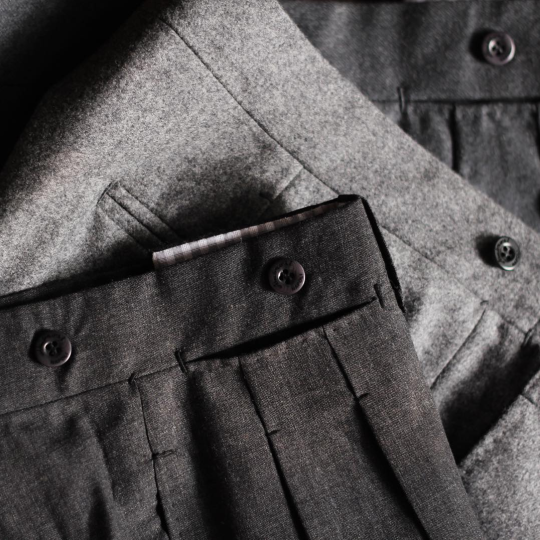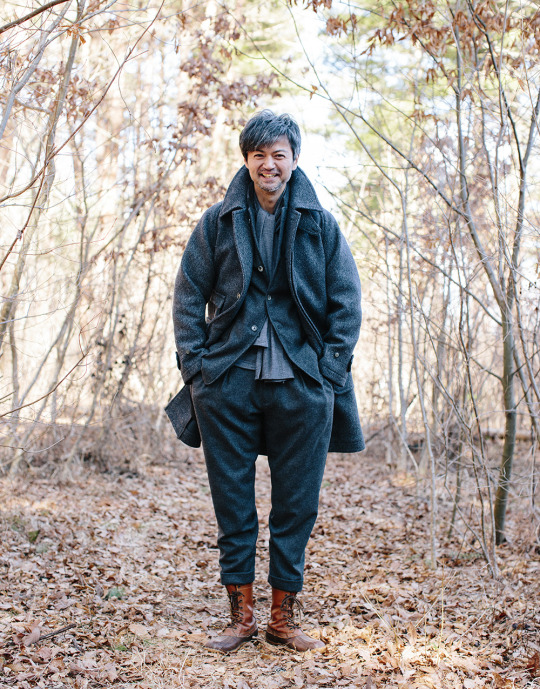That Sleepy British Look
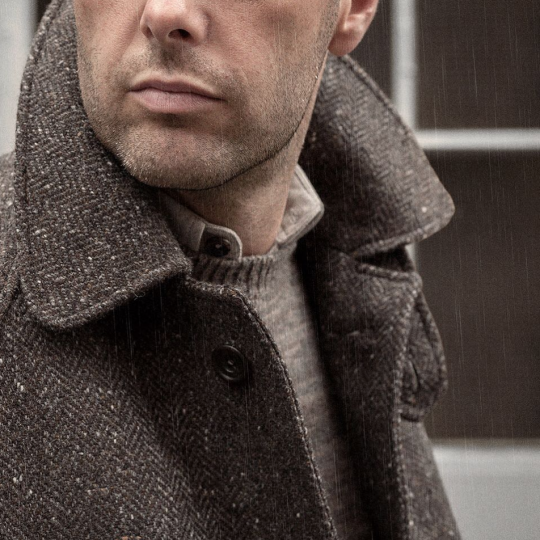
No one in the fashion industry ever admits to being in the fashion industry. For all the designers and tailors I’ve spoken to over the years, I’ve found they all say the same thing – they’re not interested in fashion, they don’t follow trends, and they’re about making things that last. That’s true whether they’re hand tailoring three-piece suits or slapping together the cheapest possible black double rider.
No brand, however, embodies the anti-fashion ethos more than S.E.H. Kelly, a micro-sized brand run by just two people – Sara E. H. Kelly, after which the company is named, and her partner Paul Vincent. Their collections are small, albeit growing, with just a few designs and some basics to accompany them. There are some mid-weight, medium-wale corduroy shirts, including some pullovers with unusual collars, as well as subtly pleated trousers with buckle-back and side-tab details. The stars of the collection tend to be in outerwear, where you’ll find trench coats made from stealth-quality Ventile cotton, as well as raglan-sleeved Balmacaans constructed from the loveliest Donegal tweeds.
Their collection mostly stays the same from year to year, with a new design dropping once in a blue moon. "When Sara and I started the company, we wanted to do this on an ‘as-and-when’ basis,” says Paul. “Meaning, as we develop new patterns and when we find interesting cloths. Five years ago, we only had three jackets, and the following year, we didn’t have anything new, so we reintroduced the old designs in new fabrics. Now the collection is growing, so we occasionally rotate things in and out, but we still mostly make things with slight updates.”
Keep reading
